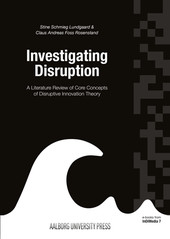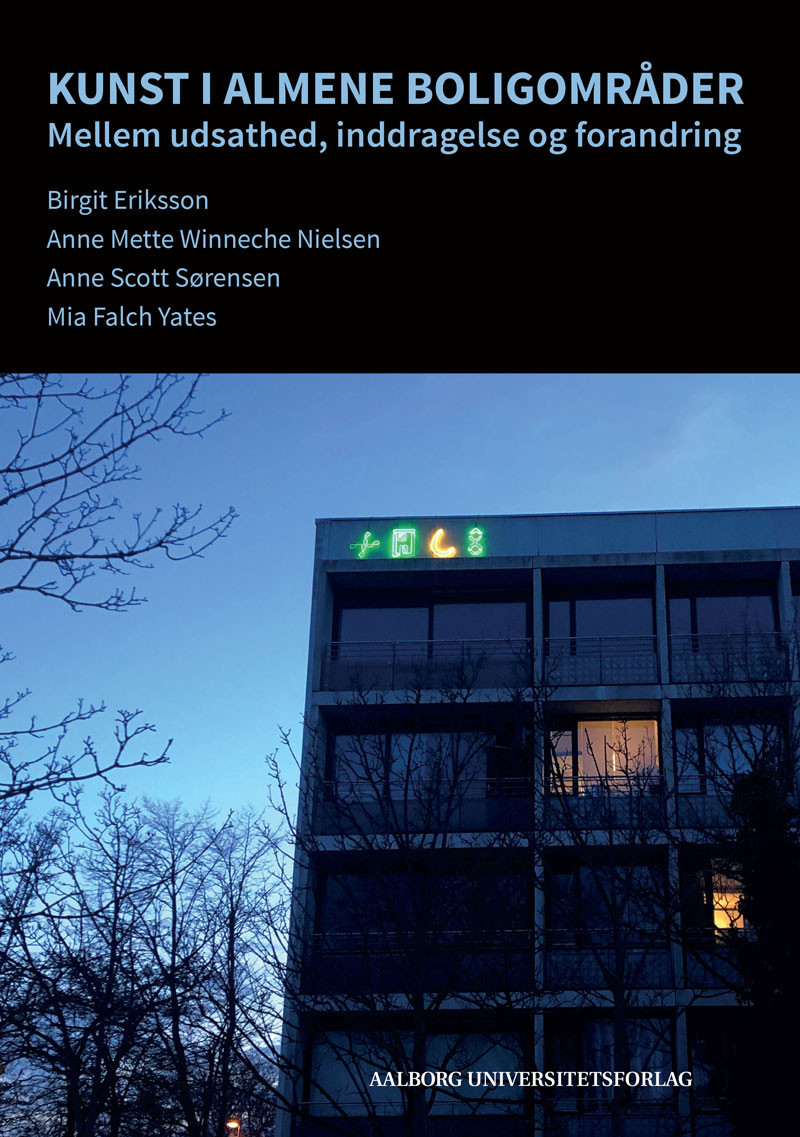Deterministic Modelling of Urban Stormwater and Sewer Systems
Af forfatter ole mark
The thesis at a glance
Computer modelling of drainage systems is a discipline that has soared over the past 50 years. It is estimated that a large proportion of all cities in the world with more than 100,000 inhabitants have used computer modelling, in one way or another, for design or analysis of the performance of their drainage systems. The development and introduction of the PC in the early 1980s played a decisive role in the modelling of drainage systems. Since the mid-1980s, the PC has become more than 1000 times faster, and the computer memory surpassed the needs of even the largest calculations, which around 1990 was limited to 640 KB memory (which could handle about 250 pipes). The increase of raw computer power and memory as well as the following advances has significantly contributed to the progress in computer modelling of drainage systems:
1. Description of physical, biological/chemical processes in the sewers, e.g. transportation of dissolved matter and sediments
2. Description of physical processes in manholes in drainage systems, e.g. energy losses and mixing
3. Development of models describing causal relationships in the sewer systems, e.g. coupling of sediment deposition with hydraulic resistance
4. Development of models and coupling of models, which link existing knowledge in new ways, i.e.:
• coupling 1D hydrodynamic pipe flow models with GIS models of terrain and 2D hydrodynamic models describing the flow of water on the ground; linking flood models with models to calculate the damage from floods and the health risk
• coupling output from pipe flow models, e.g. overflows, to analyze the impacts on receiving waters
5. New applications of models of drainage systems such as simulation of the effects of climate change.
-
The thesis at a glance
Computer modelling of drainage systems is a discipline that has soared over the past 50 years. It is estimated that a large proportion of all cities in the world with more than 100,000 inhabitants have used computer modelling, in one way or another, for design or analysis of the performance of their drainage systems. The development and introduction of the PC in the early 1980s played a decisive role in the modelling of drainage systems. Since the mid-1980s, the PC has become more than 1000 times faster, and the computer memory surpassed the needs of even the largest calculations, which around 1990 was limited to 640 KB memory (which could handle about 250 pipes). The increase of raw computer power and memory as well as the following advances has significantly contributed to the progress in computer modelling of drainage systems:1. Description of physical, biological/chemical processes in the sewers, e.g. transportation of dissolved matter and sediments
2. Description of physical processes in manholes in drainage systems, e.g. energy losses and mixing
3. Development of models describing causal relationships in the sewer systems, e.g. coupling of sediment deposition with hydraulic resistance
4. Development of models and coupling of models, which link existing knowledge in new ways, i.e.:
• coupling 1D hydrodynamic pipe flow models with GIS models of terrain and 2D hydrodynamic models describing the flow of water on the ground; linking flood models with models to calculate the damage from floods and the health risk
• coupling output from pipe flow models, e.g. overflows, to analyze the impacts on receiving waters
5. New applications of models of drainage systems such as simulation of the effects of climate change.
-
Antal sider
93
isbn
978-87-7210-269-6
Udgave
1. Open Access Edition
Udgivelsesår
2019
-
Filnavn Download






















-public.jpg)
